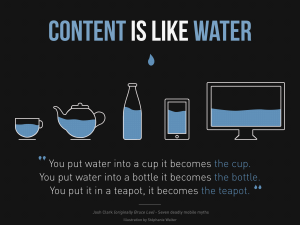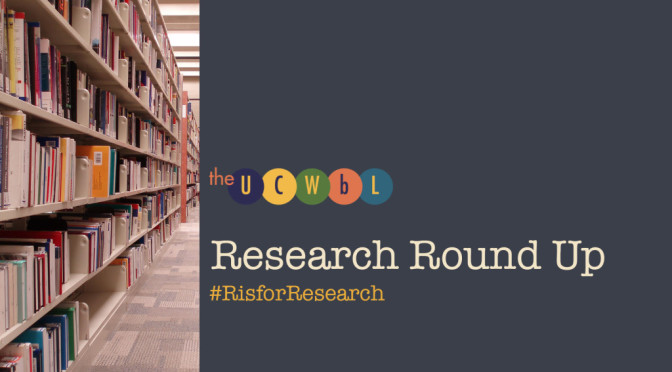A collaborative blog post written by Jennifer Fu. and Maggie J.
 Imagine this: you, the tutor, just received a draft to give written feedback on a writer’s creative writing assignment. The writer says they want to focus on their grammar and sentence structure. You open up that bad boy, not too fazed by the writer’s requests: in fact, it seems like a cakewalk to you. Little do you know, you’re met with an endless sea of red and green squiggles, screaming “fragment: consider revising!” or suggesting a word vastly different from the original.
Imagine this: you, the tutor, just received a draft to give written feedback on a writer’s creative writing assignment. The writer says they want to focus on their grammar and sentence structure. You open up that bad boy, not too fazed by the writer’s requests: in fact, it seems like a cakewalk to you. Little do you know, you’re met with an endless sea of red and green squiggles, screaming “fragment: consider revising!” or suggesting a word vastly different from the original.
Normally, these would be appropriate to fix for an assignment discussing the dangers of deep sea basket weaving. However, this isn’t your run-of-the-mill research paper/report: this is a creative writing piece, where creative agency roams free in the field of stylistic writing. So as a tutor, how can you address grammar and sentence structure while preserving the writer’s voice? Maybe it won’t be a cakewalk.
Lisa Dush, an assistant professor in DePaul’s Department of Writing, Rhetoric, and Discourse, addresses this problem her article titled, “When Writing Becomes Content.” The Research Team had the lovely opportunity to read and review this.
About the article
Dush enlightens us about content, which we produce as writers and which is changing from our previous mindset of writing. Our society has entered a new era of technology, meaning the content writers produce is moving from paper and ink to a computer and word processor. With this transformation, writing nowadays brings a new realm of trouble.
Dush establishes content as having four characteristics: “conditional, computable, networked, and commodified” (2015, p. 174). In other words, content now has a crazy dynamic audience that can change at any moment. The content we are creating has a lot of importance for the audiences. Have you ever searched an article for that one quote you need? If yes, then you’re part of the majority who love to take advantage of content – especially on the Internet – for the benefit of transferability and trashes the rest. Businesses harness content for monetary purposes like customer testimonials shared on multiple company social media platforms to enhance their image. Hence, content is commodified.
 Remember all those red and green squiggly lines in Microsoft Word? Well in writing, content management systems (CMS) such as Word are essentially standardizing content through tools like spell check. As a result, writers who have a unique voice are struggling to preserve that voice because these tools are skewing their sweet style.
Remember all those red and green squiggly lines in Microsoft Word? Well in writing, content management systems (CMS) such as Word are essentially standardizing content through tools like spell check. As a result, writers who have a unique voice are struggling to preserve that voice because these tools are skewing their sweet style.
So what?
This article proves one critical detail: writing is being redefined. The UCWbL’s number one core belief is that “Anyone who writes anything is a writer.” And that very concept of writing is changing as we speak. We now have two audiences to write for: the vast network of people and the machine (CMS). As students, we (almost) all use Microsoft Word for writing.
Those not-so-elusive red and green squiggles have a deeper danger in writing. A writer can’t completely trust Word to cure their grammatical needs. Imagine typing your last name and it’s underlined in red. You know it’s right: it’s your name! But that darn CMS still thinks it’s wrong. That’s the same caution all writers must exercise when Word suggests less black and white changes (using “faster” instead of “more quickly,” using a semicolon in place of a comma); we all have agency in our writing and Word is not the grammar teacher. If you know your intent, trust those grammar guides, not Microsoft Word.
How does this relate to the Writing Center?
While we didn’t understand some terms, we still found this article insightful for Writing Center practices. We mostly work with assignments and we don’t create prompts for students – professors do. We currently help students with multimodal projects in addition to traditional written assignments, knowing who they’re writing to and the final form of the text. However, as the field of Writing Centers continues to jump on the bandwagon idea that content is changing, we need to ensure tutors are prepared to help students with these rhetorical considerations.
The real question is: how can we apply this concept? Well, we can fight those squiggly lines for instance. Tutors can try to preserve the writer’s voice by advocating against trusting Word to correct grammar and style. As for rhetorical considerations, everyone must remember where the writing will appear. Will it be given to your professor? Is it going on Twitter or Facebook? PowerPoint? Digication? A blog? Then, make sure you adjust accordingly with headings, style of text, length, etc. Being mindful of potential audiences and ensuring you maintain agency over your written work will prevent writers from ending up like poor Jerry here, whose pronunciation of “mural” put a damper on his hard work.
Future Steps
So, how do we apply all this information? For starters, this article has implications for Writing in the Disciplines in terms of utilizing these various technological mediums. Interpreting content through websites, such as LinkedIn and Handshake, and relaying it to writers through resume and cover letter writing could be vital in our understanding. That way, we can teach content management not only for writers to easily understand, but also in a relevant and professional setting.
As for writing centers, this could open up a door of possibilities! There could be workshops facilitated about content management, thus enlightening others about this phenomenon in creative ways. Or perhaps teaching content management to incoming tutors would be useful to prepare them for various types of multimodal writing appointments they may be met with? Hey, if the concept of writing is changing, then let’s have writing centers adapt to that change!
Discover more from UCWbLing
Subscribe to get the latest posts sent to your email.

